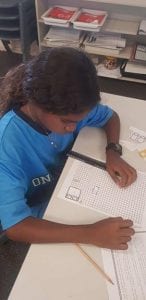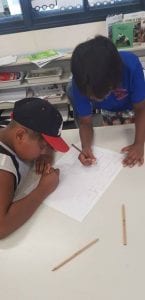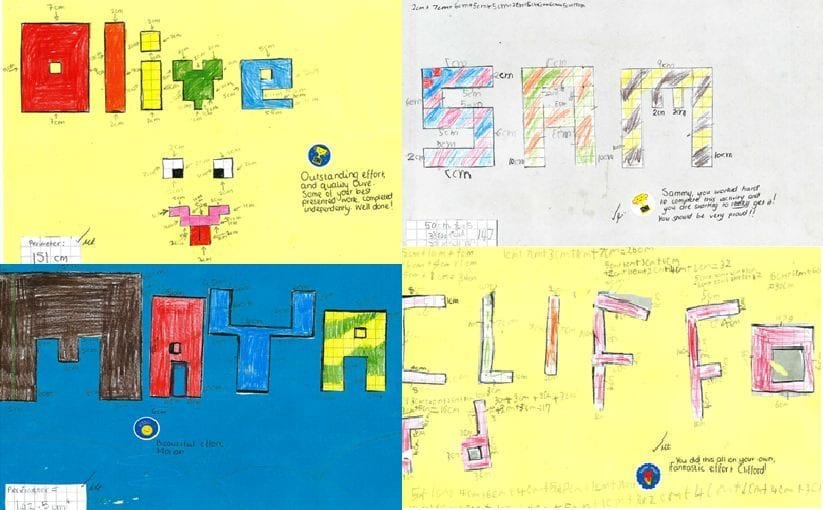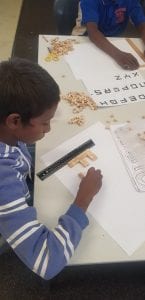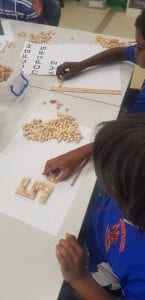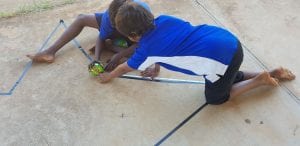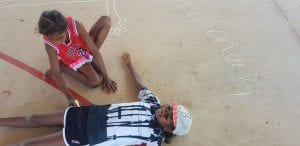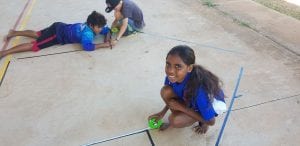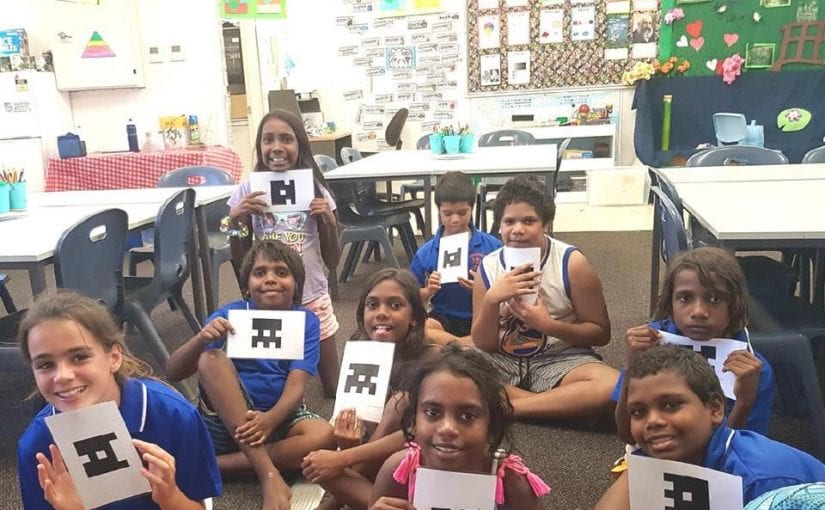To finish our unit on fractions (and as an important segway into financial mathematics) I gave the students the STEM investigation to plan a fraction party! The students then presented their ‘party plans’ to convince their classmates why they should come to their party & what will be shared through out the day in a PowerPoint presentation (I look forward to using these for our end of term class party/Open Day with our parents).
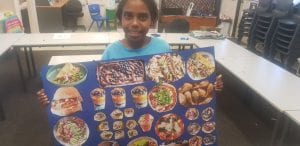
The students used everyday shopping catalogs (both physical and online resources) from whole food stores such as Coles & Woolworths, to further extended their understanding of how fractions are part of their daily lives, especially when we are hosting a party and have to purchase enough food items to be shared equally!
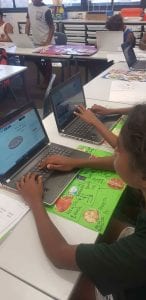
The challenge for the students was that they had to plan their party for a group of people. They were asked to include any food as long as it could be divided easily into equal parts. They were required to have at least 4 large food items like pizza, that could be cut into equal portions and 3 small food items like party pies that can be shared in equal numbers.
Students drew or cut & pasted pictures to show the food they would serve and how you would share it before creating their PowerPoint presentations to share with the class.
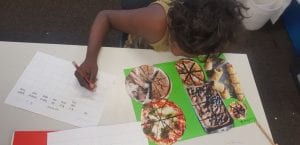
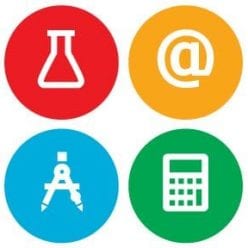
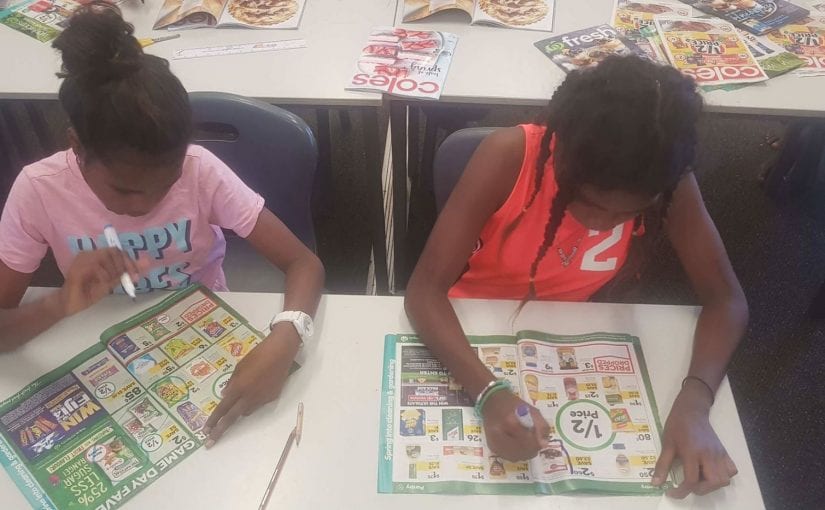
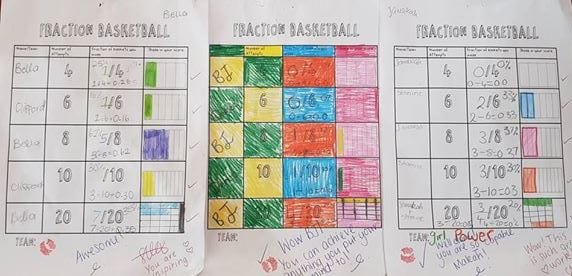
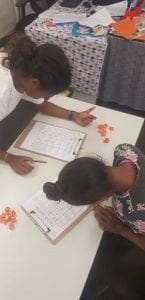
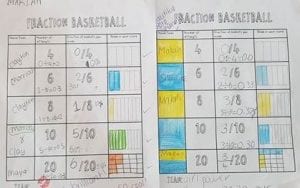
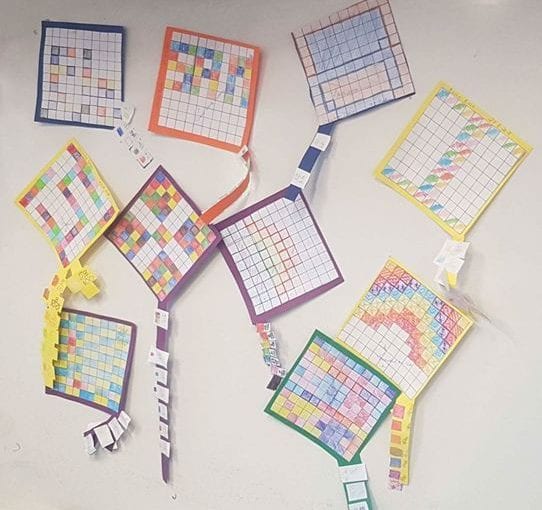
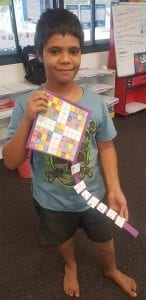
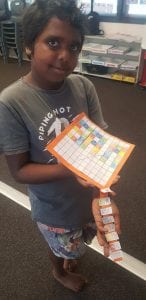
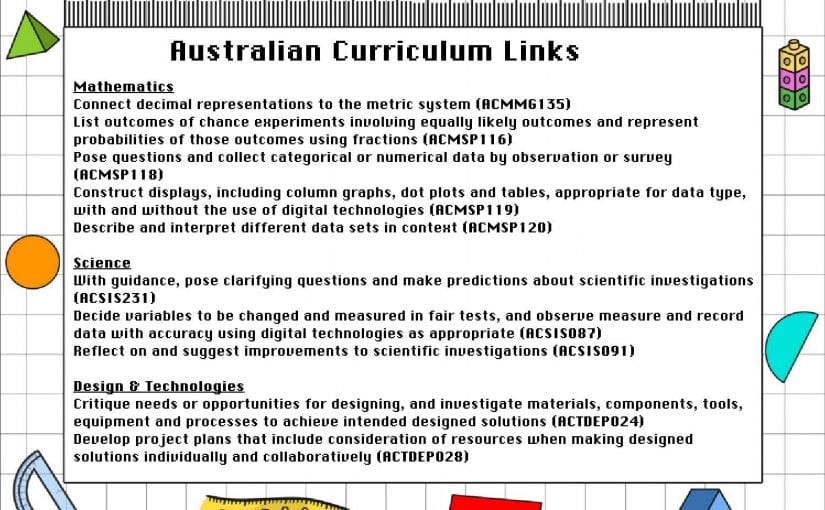
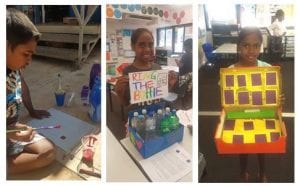
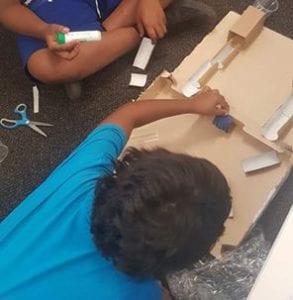
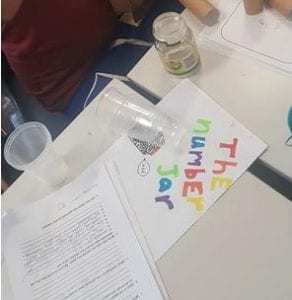
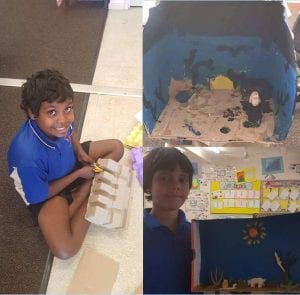 Last semester, our class participated in many STEM activities to teach us what adaptation is, how beak adaptations assist birds to survive in their environments, how the frillneck lizard has adapted to survive in forest environments as well as how the structural and behavioural adaptations of the echidna help it to survive in Australian environments.
Last semester, our class participated in many STEM activities to teach us what adaptation is, how beak adaptations assist birds to survive in their environments, how the frillneck lizard has adapted to survive in forest environments as well as how the structural and behavioural adaptations of the echidna help it to survive in Australian environments.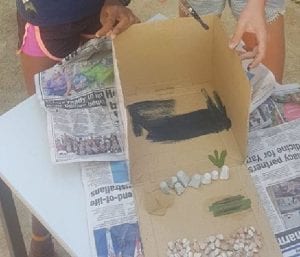
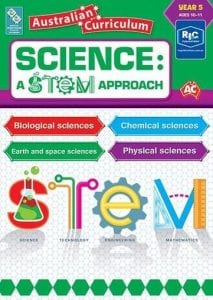 In this lesson, the students carried out an investigation to answer the science inquiry question: How have beak adaptations assisted birds to survive in Australian environments? We used some everyday tools like chopsticks, scissors, straws and plastic spoons to simulate how birds use their beaks for feeding. The students then rotated through some learning stations to help them answer the investigative question ‘which ‘beak’ or tool is the most effective?’
In this lesson, the students carried out an investigation to answer the science inquiry question: How have beak adaptations assisted birds to survive in Australian environments? We used some everyday tools like chopsticks, scissors, straws and plastic spoons to simulate how birds use their beaks for feeding. The students then rotated through some learning stations to help them answer the investigative question ‘which ‘beak’ or tool is the most effective?’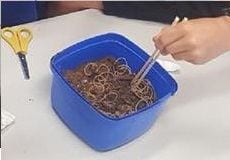
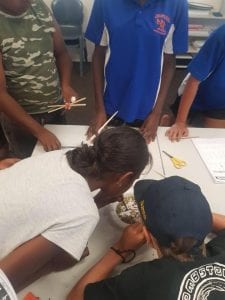
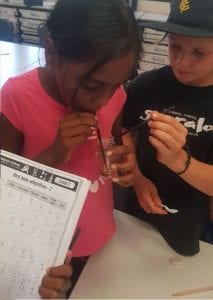
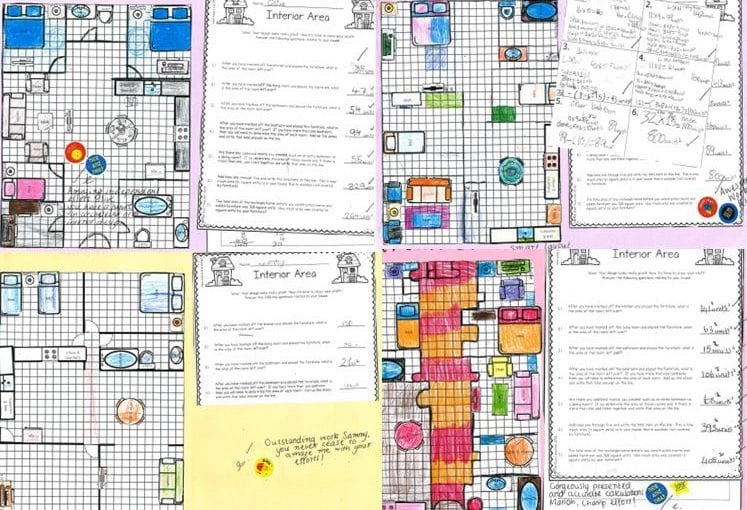
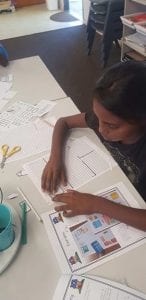 ort students were further provided with a scaffolded floor plan with rooms already sectioned off – This is a great idea when differentiating this project for younger learners.
ort students were further provided with a scaffolded floor plan with rooms already sectioned off – This is a great idea when differentiating this project for younger learners.